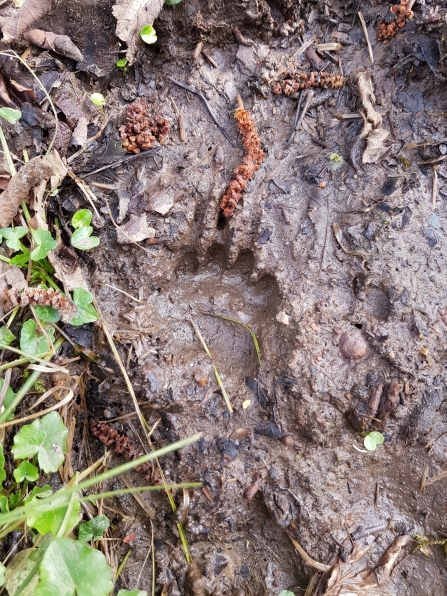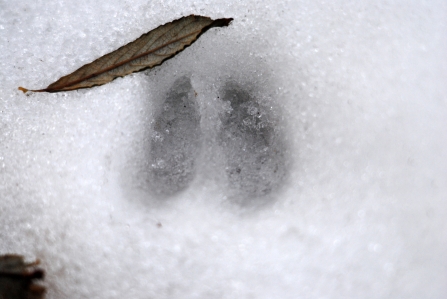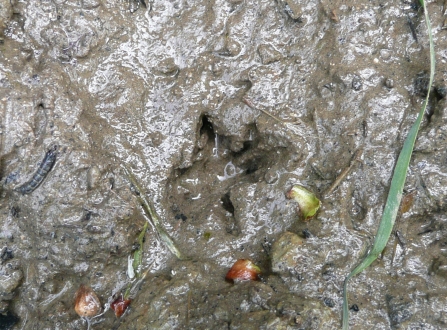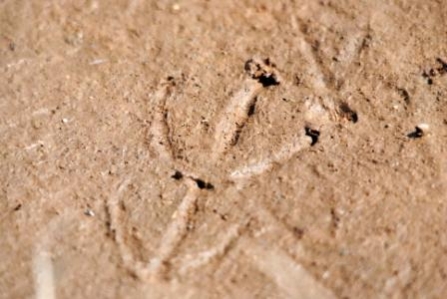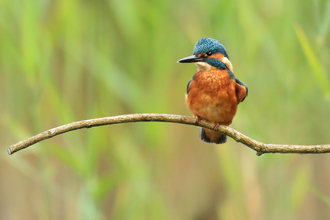Why should we look for tracks?
Wildlife can sometimes be hard to spot, especially if it is nocturnal. But the signs that animals frequent an area can be a good start to discovering all kinds of species, from rare otters to common rabbits. In fact, ecologists rely on animal signs to help them understand the numbers, behaviours and movements of species. Such animal signs include calls, burrows, leftover meals, territorial markings, fur, droppings and tracks.
Scroll down to see some of the animal tracks you might come across. Remember to take a note of the size and shape, and the number of toe or ‘claw’ marks you can see. A photograph can be a handy way to help identification back at home!


